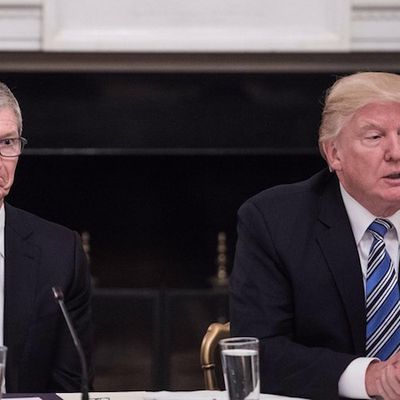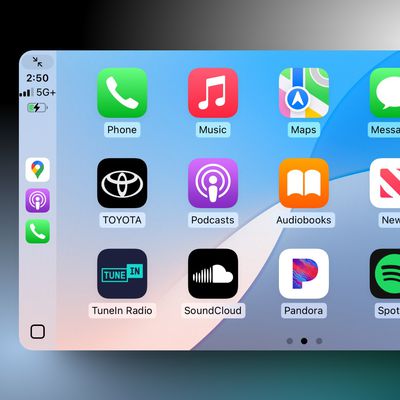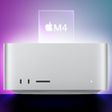Apple will shift to indium gallium zinc oxide (IGZO) material for MacBook Pro displays as soon as later this year, according to IHS. The research firm told DigiTimes that Apple may continue to procure MacBook Pro displays based on current amorphous silicon (a-Si) material until the end of the first quarter.

The report claims Samsung and Sharp will begin supplying IGZO panels to Apple as soon as mid-2017. Sharp began mass production of IGZO displays in 2012, but evidence points towards Apple only using the material in iPads so far. A rumor claiming the first IGZO MacBooks would launch by 2014 proved to be inaccurate.
IGZO is a semiconducting material that has forty times more electron mobility than the standard a-Si used as the active layer of an LCD screen, allowing for less power consumption, improved touch sensitivity, and increased pixel density, which could pave the way for higher resolution displays.
DisplayMate president Raymond Soneira told us IGZO can also result in "significantly higher brightness," but the material costs "considerably more" to manufacture. Production and yield issues have slowed the adoption of IGZO, but the material is now showing up in more products such as LG's new OLED TVs.
"Sometimes IGZO is simply referred to as Metal Oxide," he added. "The higher the PPI and the wider the Color Gamut (like DCI-P3 for the new MacBook Pro) the greater the benefits of IGZO over a-Si, particularly for LCDs."
The glass edge and backplane circuitry of IGZO displays can also be made smaller, possibly leading to a thinner MacBook Pro. However, such a design change is less likely this year given Apple just redesigned the notebook in 2016 for the first time in four years. Apple's interest likely lies in the power savings.
The original iPad Air's overall size and battery were reduced by around 25% compared to the previous model, and analysis suggested the tablet's new IGZO display made that possible. However, a smaller MacBook Pro battery would likely be perceived negatively following battery life complaints on 2016 models.
Given the timeline, Apple's switch to IGZO displays may be planned for the next-generation MacBook Pro. KGI Securities analyst Ming-Chi Kuo said new MacBook Pro models will launch in the second half of 2017, possibly with slightly faster Kaby Lake processors unveiled this week.
IHS estimates Apple will order 9.7 million MacBook Pro display panels in 2017, an increase from 8.8 million units in 2016.





















